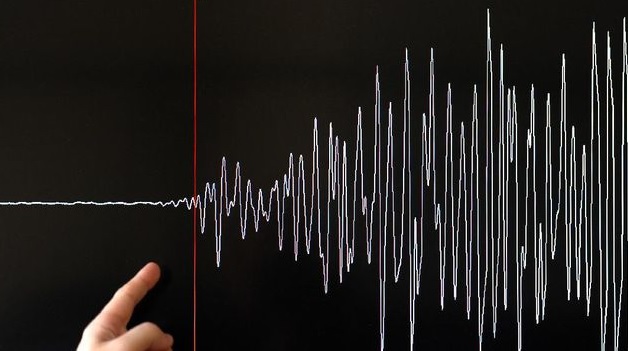
On Monday early morning (6/22) at 02.33 Indonesian West Time, an earthquake had occurred in the south of Pacitan with a magnitude of M5 and a depth of 63km (BMKG). The people of the surrounding areas in Yogyakarta felt this strong earthquake. Some of them who were sleeping then woke up. The residents in Tulungagung, Nganjuk, and Banjarnegara even felt this MMI Scale II-III.
Dr. Gayatri Indah Marliyani as Researchers from the UGM Department of Geological Engineering said that based on its location and depth, this earthquake was sourced from a plunging plate, still part of a subduction system in southern Java.
“We call it as an intraslab earthquake in the term of geology,” Gayatri said, on Monday (6/22).
Inferring from the mechanism, said Gayatri, the earthquake this morning had a downward movement, which occurred due to the response of rocks to the pulling force of the oceanic plates downward. This type of earthquake can reach a wider area.
Because the earthquake occurs in deep areas, also in areas with high pressure and high temperatures, the rocks in that area are relatively plastic. That is, after being deformed, rocks quickly return to the initial position. This event has resulted in no aftershocks. Earthquakes of this type usually do not cause tsunamis because they do not cause significant changes in the seabed.
According to the Expert Staff of the UGM Disaster Study Center, in addition to intraslab-type earthquakes, in south Pacitan also often occur earthquake shaking due to the rising faults that are commonly found in the plate collision zone. These earthquakes usually occur in areas which in geological terms are called zones of accretion prisms and arc faces. If we see from a map of underwater depth (bathymetry), we can see that the bow face basin (in the form of depression off the coast) in the south of Pacitan drastically narrowed compared to the south of Yogyakarta. This fact indicates that if we have well-observed through bathymetry data, the morphology of the height (protrusion) on the seabed dragged into the subduction zone in this area caused more substantial pressure in the south of Pacitan.
The existence of the height morphologies becomes a ‘wedge’ of the subduction process that occurs, causing the movement of the plates to be restrained. This retained energy is then released through a sudden jolt marked by an earthquake. The frequency of small-scale earthquakes (M5-6) in this area can be a good sign, that the retained energy is released gradually.
“However, to find out how much energy actually saved and also the energy expended, research must be done carefully and continuously,” she explained.
Therefore, people do not have to panic, follow the appeals of the authorities and not be consumed by misleading issues from unclear sources. Besides, the community is also encouraged to continue to increase awareness that we live in earthquake-prone areas so that knowledge about the condition of the field of residence needs to be well understood, to know the dangers that may occur and anticipate them.
Author: Satria
Photo: Cnnindonesia.com
Translator: Natasa A

